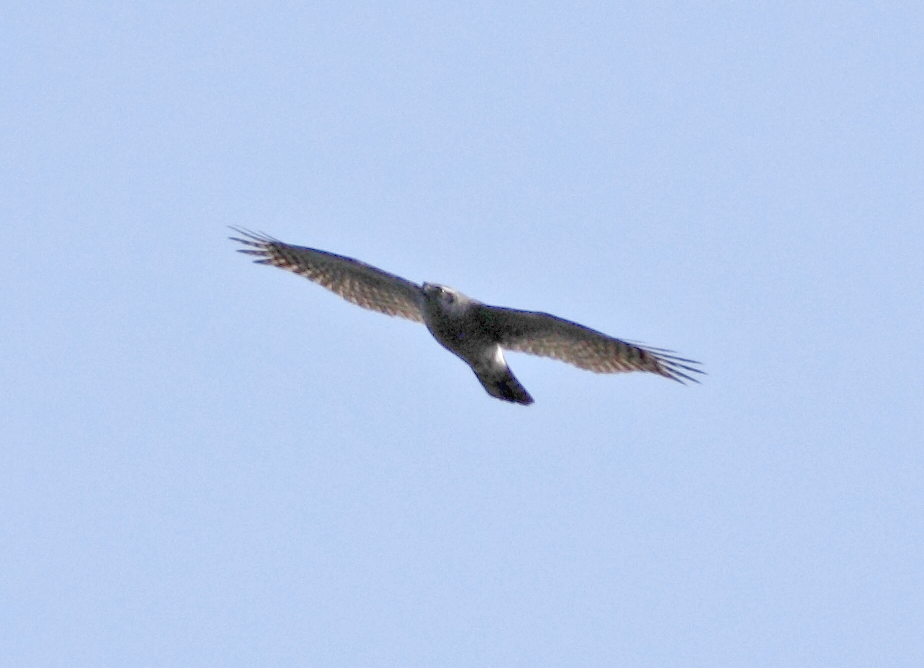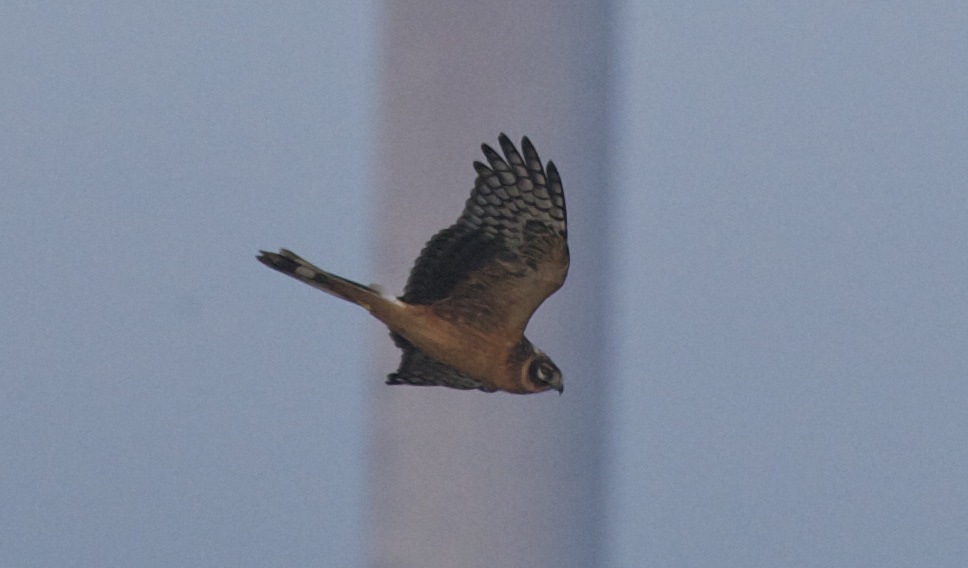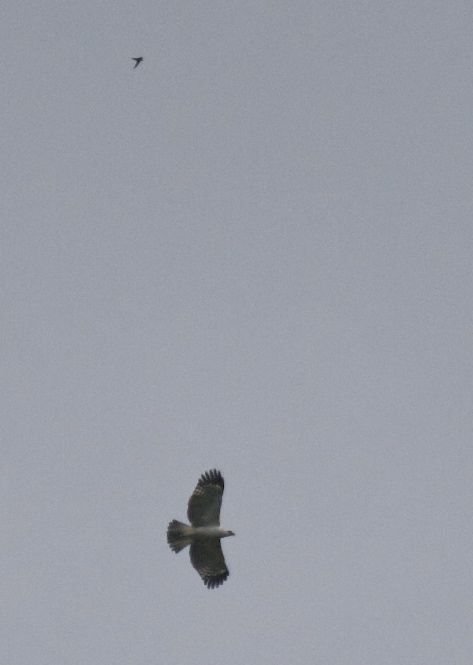Quote:
Original posted by Sze at 14/12/2011 21:20
事實係,當時Peter覺得隻猛禽應該唔係普通野,於是好緊張地叫大家影記錄相,但在場的導師及同學都只係掛住睇隻鷹俾隻白頸鴉追殺,而同學們又好擔心Peter既聲浪嚇走基圍中一大群休息中的黑臉琵鷺,結果只有幾個人有影低幾張記錄 ...


















Original posted by Sze at 14/12/2011 21:20
事實係,當時Peter覺得隻猛禽應該唔係普通野,於是好緊張地叫大家影記錄相,但在場的導師及同學都只係掛住睇隻鷹俾隻白頸鴉追殺,而同學們又好擔心Peter既聲浪嚇走基圍中一大群休息中的黑臉琵鷺,結果只有幾個人有影低幾張記錄 ...







 However, at least, I will not doubt or judge any birdwatchers' ideas or behaviours until I know him/her well. Good luck to you too.
However, at least, I will not doubt or judge any birdwatchers' ideas or behaviours until I know him/her well. Good luck to you too. 






| Welcome to HKBWS Forum 香港觀鳥會討論區 (http://hkbws.org.hk/BBS/) | Powered by Discuz! 6.0.0 |